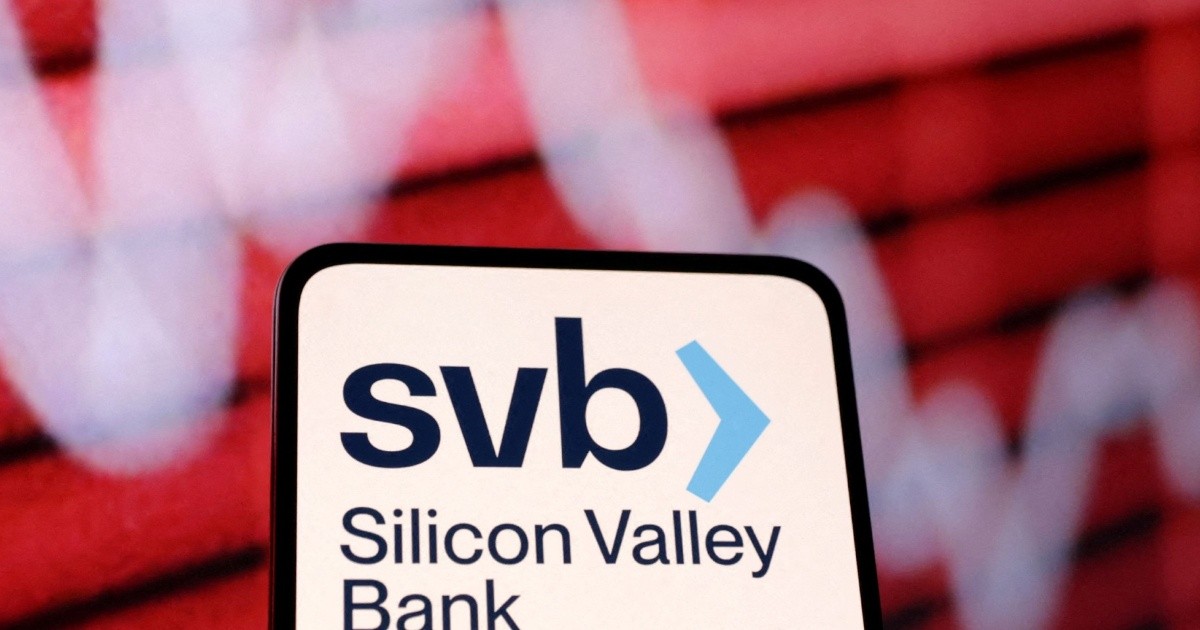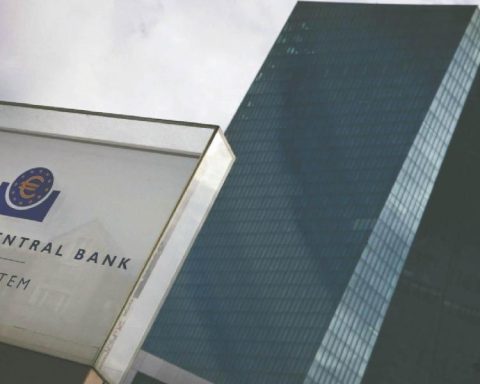The United States authorities closed the Silicon Valley Bank to protect the deposits of their clients and will reopen the institution on Monday under federal control, official sources reported, amid fears of contagion of the problems of that financial entity to the rest of the banking sector.
The bank, which has worked with the technology sector since the 1980s, was surprisingly short of liquidity.
The California Department of Financial Protection and Innovation (DFPI) closed SVB and named the Federal Deposit Insurance Corporation (FDIC) as depositary of the bank’s funds, the federal agency reported on Friday.
The DFPI “took possession of Silicon Valley Bank, citing inadequate liquidity and insolvency,” the Californian agency said.
The bank’s 17 branches will reopen Monday under the control of a new entity specifically created by the FDIC to manage the institution’s operations.
Short term, customers will be able to withdraw up to $250,000. Customers with the most money in the bank, the vast majority, were invited to contact the FDIC.
The SVB is the first institution with deposits guaranteed by the federal corporation to fail since 2020, according to the FDIC.
It is also the largest bank failure in the United States since the 2008 crisis by volume of assets.
The situation raises fears among investors that other banks could run into trouble amid interest rate hikes by central banks to contain inflation.
The authorities’ decision protects client holdings and saves time to find potential buyers for the bankrupt entity’s assets.
technology bank
Silicon Valley Bank (SVB) was a Californian bank specializing in the technology sector, which did business primarily with funds that invest in unlisted companies.
Little known to the public, it was the 16th largest US bank by the size of its assets.
The firm, which operated in the United States, Europe, Asia and Israel, offered financial services among others to start-upfrom simple bank accounts to advice to capitalize.
Closely linked to technology companies, the SVB suffered from the deterioration of the sector: the sharp rise in interest rates in the United States that affects a branch that is highly dependent on financing to grow, added to the difficulties in supplying semiconductors and the weak appetite of investors for technology stocks, mark the end of the technological euphoria after the pandemic.
Panic broke out after the bank’s parent, SVB Financial Group, announced it would try to raise $2.25 billion in fresh funds.
The group quickly sold a portfolio of 21,000 million dollars of financial titles, with an estimated loss of 1,800 million.
SVB was seeking to strengthen its finances, weakened by customer withdrawals.
According to the channel specialized in economics CNBC, the bank was unable to obtain the necessary capital and was negotiating its sale to another bank before the announcement by the US regulatory authorities.
Surprise
SVB’s difficulties spilled over the country’s borders and shook the global banking sector by surprise.
By the end of 2022, the bank had $209 billion of assets and some 175.400 million in deposits, the authorities specified.
The Secretary of the Treasury, Janet Yellen, pointed out this Friday before the closing of the entity that “when banks have financial losses it is and should be a matter of concern.”
The four largest US banks lost $52 billion on the stock market on Thursday, and the move also affected Asian and European banks, which posted steep losses in market capitalization.
SVB’s troubles roughly coincided with the announcement Wednesday night of the liquidation of Silvergate Bank, a bank particularly active in the troubled cryptocurrency sector.
Since the financial crisis of 2008-2009 and the bankruptcy of Lehman Brothers, banks have been subjected to periodic stress tests and must give assurances to regulators of their ability to respond to stress situations.
















